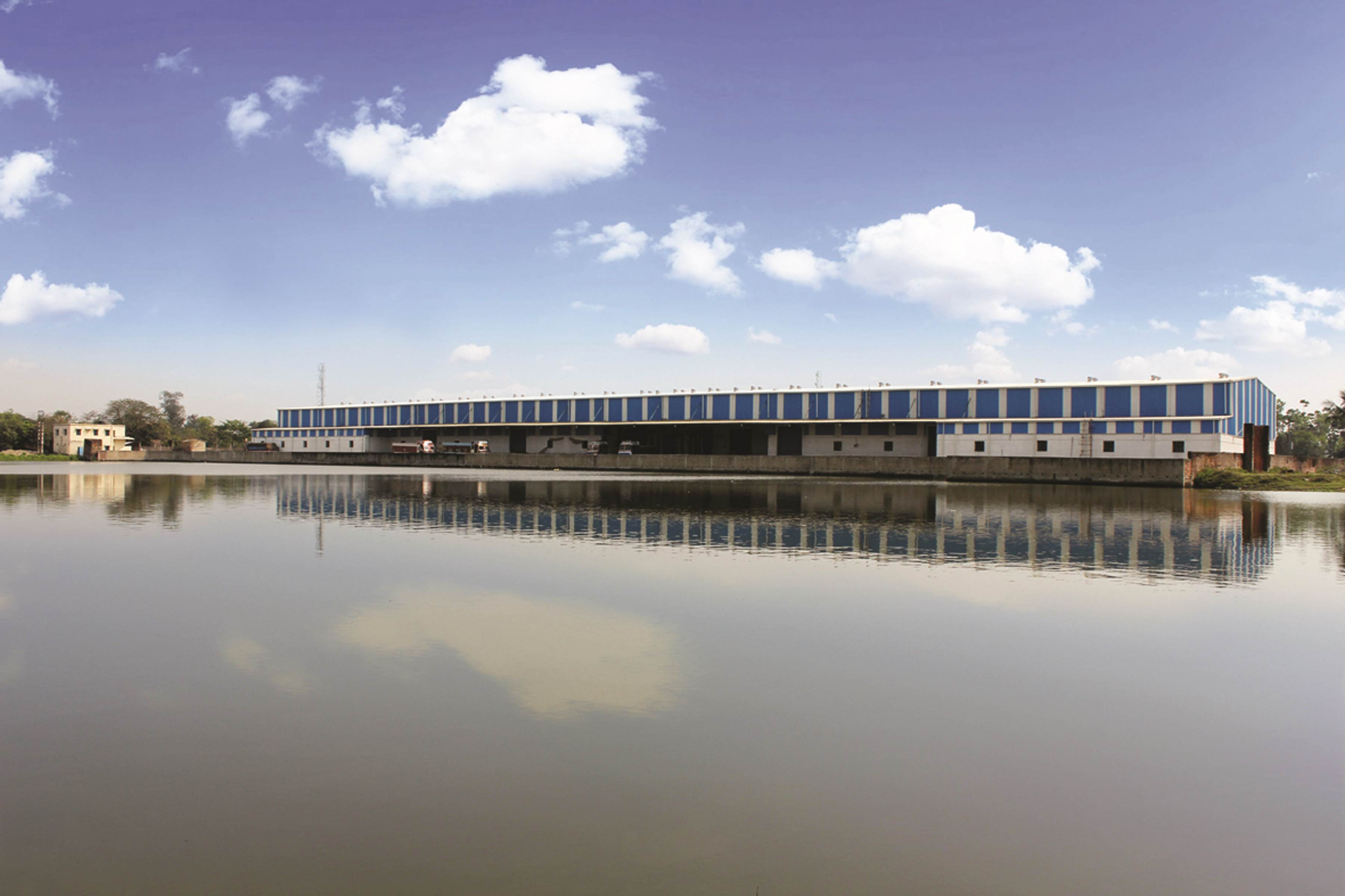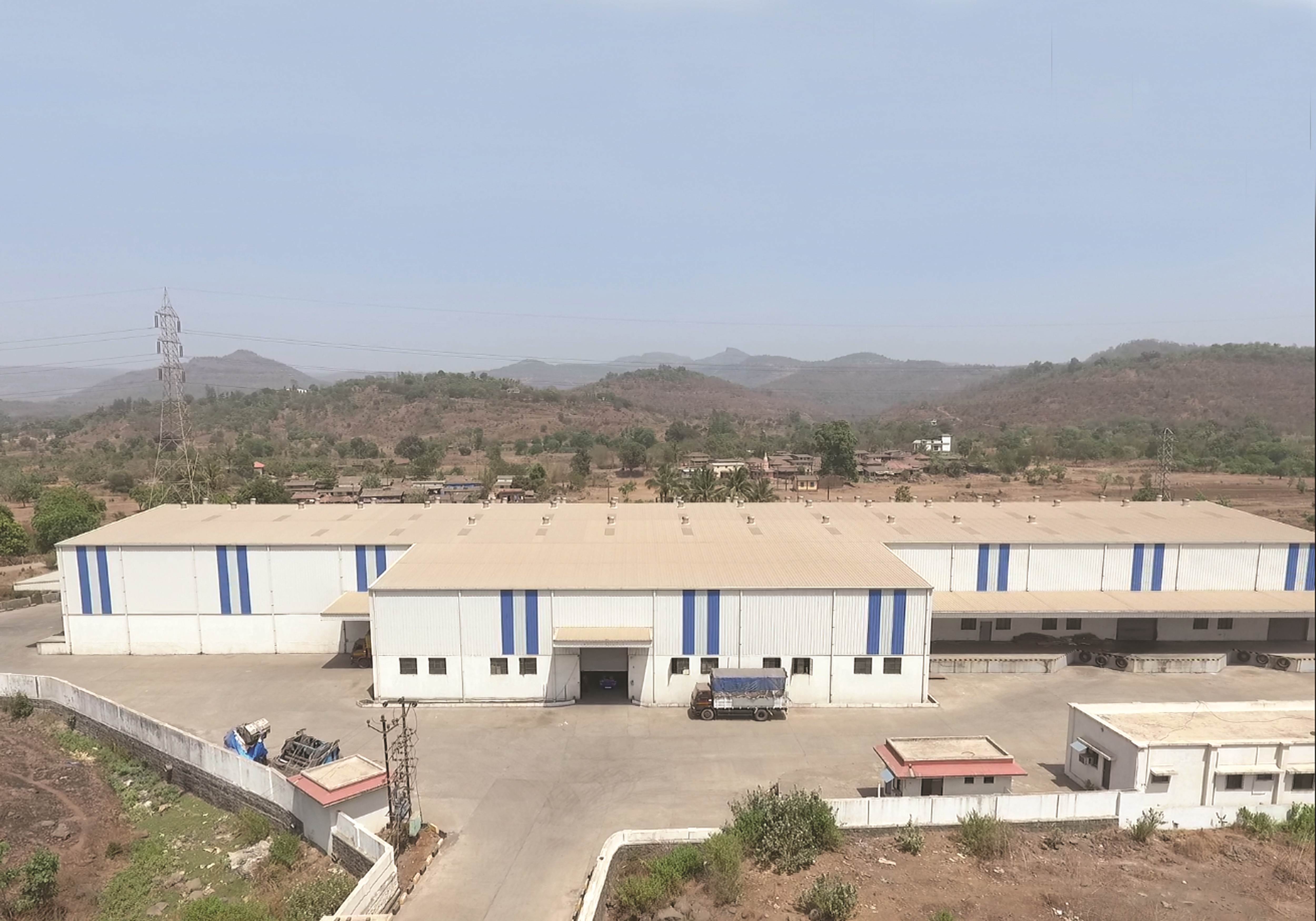India’s newsprint consumption to remain above one million tonnes per annum
The supply chain situation is stable. Sunil Poddar and Umang Poddar from Poddar Global, demystify the current newsprint situation and share Poddar Global’s latest updates with Rahul Kumar
10 Jun 2024 | By Rahul Kumar
Rahul Kumar (RK): Post-Covid, the industry went through a rough patch regarding the availability and the fluctuating cost of paper. Has the situation improved?
Sunil Poddar (SP): Post-Covid supply chain disruptions have returned to pre-pandemic levels. Energy and other commodity prices (including newsprint) have come down from their war-induced peaks, allowing global inflation pressures to ease faster than expected. However, again due to the Red Sea Crisis, there is disruption in the supply chains, which leads to soaring transportation costs, and port congestion due to longer shipping routes and high insurance premiums. Freight costs to Asia from Europe have gone up a lot due to the Red Sea shipping crisis. So, they are unable to ship newsprint to India at the prevailing prices.
Also, due to the war-related sanctions, the Russian mills are supplying paper to India via private containerised vessels by small shipping companies to limited ports only (Mundra/Nhava Sheva), which has led to higher freight compared to usual shipping lines. Thus, under the current scenario, prices are unpredictable and keep changing.
RK: What is the situation of the paper market today?
SP: In the present business situation of newsprints in India, hyper-local and regional language newspapers, often published from tier-II and tier-III cities have become consumers of newsprint in the post-Covid era. Big newspapers in urban areas that once were the largest consumers of newsprint are now witnessing a shift towards digital media. This situation can easily be imagined that due to lack of time and the fast lifestyle, widespread adoption of the internet and the proliferation of smartphones have made digital media a part of their daily lives in metro cities. On the other hand, in small cities, due to poor connectivity as well as a lot of spare time available, print media is a blessing in disguise.

Willington Island, Kochi facility
RK: How is the supply chain situation today?
Umang Poddar (UP): We are confident and ever-ready with our well-established system of supply chains at all major port towns with ready stock, including Mumbai, Chennai, Kolkata, Kochi, and Mundra along with our experienced team members, we can serve media houses by importing papers from different geographies across the world.
RK: In 2022, Poddar Global bought a Chartered Break Bulk Vessel M/V LADA from Russia carrying standard newsprint. It is the first time after 25 years Russia has loaded the first break bulk vessel of newsprint and India is also getting the first-time newsprint by break bulk after 25 years. What is your newsprint supply situation today?
UP: Yes, it was a good experience not only for us but for the entire media industry that we were able to serve them in that critical period, and now, from that learning, we can get newsprint from Russia through private containerised vessels by small shipping companies, but due to the sanctions on Russian material, it is being imported at Mundra/Nhava Sheva ports only. Also, due to the Red Sea issue, shipping lines are taking longer routes to complete the journey with the increased voyage period of 30-40 days due to which there is an increase in prices as well.
RK: Tell us about the developments at Poddar Global after Covid. Are we back at pre-Covid levels?
SP: Our company has acquired the land to develop our own warehouse in Mundra, similar to our other facilities. The construction process has started. In addition to that, we have also extended our arm to feed the China market. The company has diversified some parts of the business into pulses.
We feel happy to inform you that recently Umang Poddar, my son, joined the company following the successful completion of his studies in the US. He is keen to look after the areas of logistics and supply chain management and utilise his skills to serve the industry in a more efficient manner. He has come up with dynamic ideas aimed to enhance the efficiency of our operations and contributing positively to the industry. His innovative approach and fresh perspective will undoubtedly lead to improvements in efficiency and cost-effectiveness. With a strong passion for logistics and supply chain management, he is eager to apply his skills in the company business and industry.
RK: Has Poddar Global surpassed the numbers?
SP: Yes, we have surpassed the number. Last year, we have crossed Rs 700-crore. In FY 2019-20, our turnover was Rs 523.87-crore. It was Rs 284.41-crore in 2020-21 and Rs 446.55-crore in 2021-22. In FY 2022-23, the number was Rs 729.45-crore.

Umang Poddar: Newsprint consumption in the Indian market is about 1.2-million tonnes per annum
RK: Please tell us about Poddar Global’s current operations. Anything new?
UP: As mentioned above, we supply paper pan-India basis from our facilities located in Mumbai, Chennai, Kolkata, and Cochin. Post-Covid, we have started operations at Mundra port as well, for providing materials to the industry. Shortly, we will develop our own facility over there for more efficiency. We have extended our customer base in China to feed the Chinese publishers and we are supplying newsprint and kraft paper to the China market through our Hong Kong-based subsidiary.
RK: In a bid towards sustainability, the industry seems to be moving towards paper packaging. Has the demand for paper/paperboard for packaging increased? Your take on the situation?
UP: As consumption of newsprint has gone down compared to pre-Covid days, newspapers are using more and more quality imported newsprint compared to low-grade quality newsprint. In India, newsprint mills are not able to produce virgin paper to feed the requirement for high-quality paper and are likely to switch to packaging products due to high margins. We also supply a good quantity of kraft paper in India as well as China.
RK: There seems to be a debate regarding the local production of paper and its import. Could you share some numbers with us regarding paper consumption in India and how much of it is taken care of by import?
UP: Newsprint consumption in the Indian market is about 1.2-million tonnes per annum and about 60% of it is imports.

Facility in Uluberia, Kolkata
RK: India is the only market where the newspaper industry is growing at 4% CAGR. How do you see this growth?
SP: Due to a noisy democracy and multiple elections in various states every year, the government is spending a lot on advertisements and the majority of regional print media is tapping 30% to 50% of their revenues from the states and Central Government. Various languages and more than 500 cities with a population of more than 1,00,000 make print media very relevant to regional readers and advertisers. The majority of newspapers have more than 10 editions being printed in different cities.
Readers rely on print media, daily newspapers, to get to know about the local news and activities that are related to their cities as digital/visual media focuses on mass readers located in metro cities due to its revenue models and its incapability to engage sources to get news from small towns.
In print media, it can sort the news keeping in view the taste/requirement of readers in its local language. So, readers feel connected. Readers, consumers, brands and sellers still believe print media is one of the most credible sources of information compared to digital/social media. A category-wise deep dive into the effectiveness of the medium for advertisers and marketers revealed that print plays a key role in influencing brand perception, from quality to price to trust. Even in the recent past, digital giants like Google and Facebook ran campaigns in print media, when they wanted to build credibility.

Six-acre facility in Khalapur, Mumbai
Trust and credibility depend on the level of the source, which is real or duplicate. Print media is the old-fashioned and traditional way of sourcing real news and information and social media is the new booming one. Fake news and rumours can be spread in social media easily, but it can’t be in this scenario in the case of print media. There are lots of examples of fake news, memes, videos, images, and rumours that have flooded into social/digital media leading to violence. Despite the government’s warning, the fake news continues to churn out misinformation with alarming frequency.
Compared to other parts of the world where digital media is doing well due to the high cost of newspapers, India is still in a strong position in terms of newspapers. If we compare the pricing of English language newspapers across the world, we will see that The New York Times (USA) is priced at USD 7 per copy while UK’s English daily, The Telegraph, sells for Pound 2.8 per copy. On the other hand, India’s market leader, The Times of India, is priced at Rs 4.5. Thus, low-priced newspapers make information and news accessible to a larger section of the population with credibility and make it a preferable option in our country given economic, geographics and other factors.

Facility at Mundra
India will continue with newsprint consumption of more than one million tonnes in the next three years.
RK: What are the impacts on the newsprint industry due to the wars in international territories and other geopolitical events?
UP: The newsprint industry, like many others, can be significantly impacted by geopolitical events, such as the international wars and other activities. Some of the potential impacts are supply-chain disruptions, price volatility, shifts in demand, and currency fluctuations.












 See All
See All